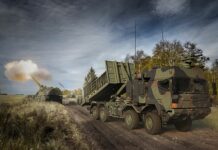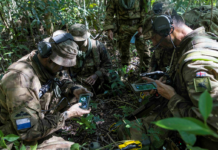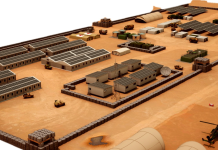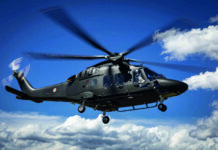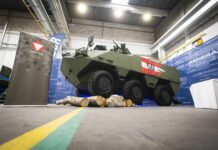On 29 September 2024, Austria held national elections. The challenge for the new government will be to start and set aside billions of dollars to replace the mixture of fifteen early T1-B2R-B5 Eurofighter Typhoon single-seaters flown by the Luftstreitkräfte. Their primary goal, which has been internally blocked for the last year, is to acquire 12 to 15 Leonardo M346FA advanced jet trainer/light combat aircraft to replace the outdated SAAB-105OE, which was phased out in 2020 after 50 years.
After the contract for 18 (later reduced to 15) Tranche-2 Typhoon aircraft signed with (then) EADS in 2003, Austria’s fleet of 15 single-seat aircraft are SRP 4.3-standard and have so far fulfilled a peacetime air-policing role without losses or serious incidents. However, the Austrians have initially accepted the general type-certificate papers – valid for 25 years – calculated from production in 2003, not from entry into service in July 2007. Eurofighter officials have admitted to the author, that this should have been projected instead based on flying-hours and not years, since this limit would have been reached much later and not in 2028.
Pending issues
As the German Luftwaffe is also aiming to extend the service life of Tranche-1 aircraft, as the upgrade for T2 and T3 would take several months for each aircraft – the Austrian MoD is in lengthy discussions with Airbus and Luftwaffe to extend this paperwork limit in accordance with the original 30 year-contract. While Vienna, because of the latter, expects this to be achieved by Airbus, the manufacturer is seeking to go with the government-to-government (G2G) option on this, via the Luftwaffe and the Eurofighter system support centre at Manching. This still seems to be waiting for a breakthrough. Given the changed security climate, the Austrian MoD now wants to re-install what once was removed from Austria’s order, such as electronic countermeasures (ECM) and beyond visual range (BVR) capability with AMRAAM. Infra-red search and track (IRST) was also removed, however, in order to provide some night-identification capability, a few LITENING-V pods were acquired from Rafael. All these changes have to be weighed against the declining remaining lifespan of the airframes – Austria plans to bid farewell to the final Eurofighter no later than 2037.

Credit: Georg Mader
This all means that a successor for Eurofighter has to touch down at Zeltweg Airbase around 2033 and then fairly quickly reach initial operational capability (IOC) and then full operational capability (FOC). This timetable requires that the purchase contract is signed by 2029 – which would be in the next scheduled election year.
As such, the new governing coalition partners will need to address the issue of what each of them genuinely want for the ensuing decades – a minimalist air force suited only for air policing, or a more robust force that can sustain air superiority in a potentially hostile environment, serve as a data hub for ground forces, and even strike supply lines of advancing enemy forces behind the front. Selecting the latter option would also lead to further fundamental decisions: For instance, will Austria then also decide to better protect its future fighter on the ground through hardened shelters at Zeltweg AB or other airports? Are alternative auxiliary runways or operating sites on motorways being considered, as Sweden or Finland have practiced for decades, well before their entry into NATO? Shouldn’t Austria’s (currently only 16) fighter pilots also train more often and thus fly more hours than they do currently?
F-35 against Gripen-E? Or the latest Eurofighter?
The decision appears to be made for one of them, even if the solution to this problem is still too far off. Within the US State Partnership Program (SPP), the state of Vermont chose Austria. The Vermont Air National Guard’s (ANG’s) 158th Fighter Wing (known as the ‘Green Mountain Boys’), located at Burlington since 2019, was the first ANG unit to receive the F-35A 5th-generation fighter. The 158th Fighter Wing already visited and carried out joint flying on two occasions at Zeltweg, providing insights to Air Chief’ Brigadier Promberger and the pilots and also leadership of the Austrian ‘Überwachungsgeschwader’ (Surveillance Wing). Lockheed Martin Vice President for Strategic Campaigns General (ret.) Jeff ‘Cobra’ Harrigian told ESD that by the time the Austrians would be ready for type selection, there would be 500+ F-35s in Europe, including in the Czech Republic, Germany, Italy, Poland, Switzerland, and Romania. Furthermore, this community would undoubtedly be able to assist with any problems arising in that new “interoperable universe”. Here, Harrigian pointed to the neighbouring Swiss alongside him at the AIRPOWER24 air show, Swiss AF Air Chief Peter ‘Pablo’ Merz nodded, when asked if neutral Austria would need a “dedicated striker to kick-in the door on the first day of war”. ‘Pablo’ further explained that the Swiss would also rather not do that, but have selected the F-35A to exploit the aircraft’s superior sensor technology to reconnoitre any opponent and distribute situation awareness to all forces.
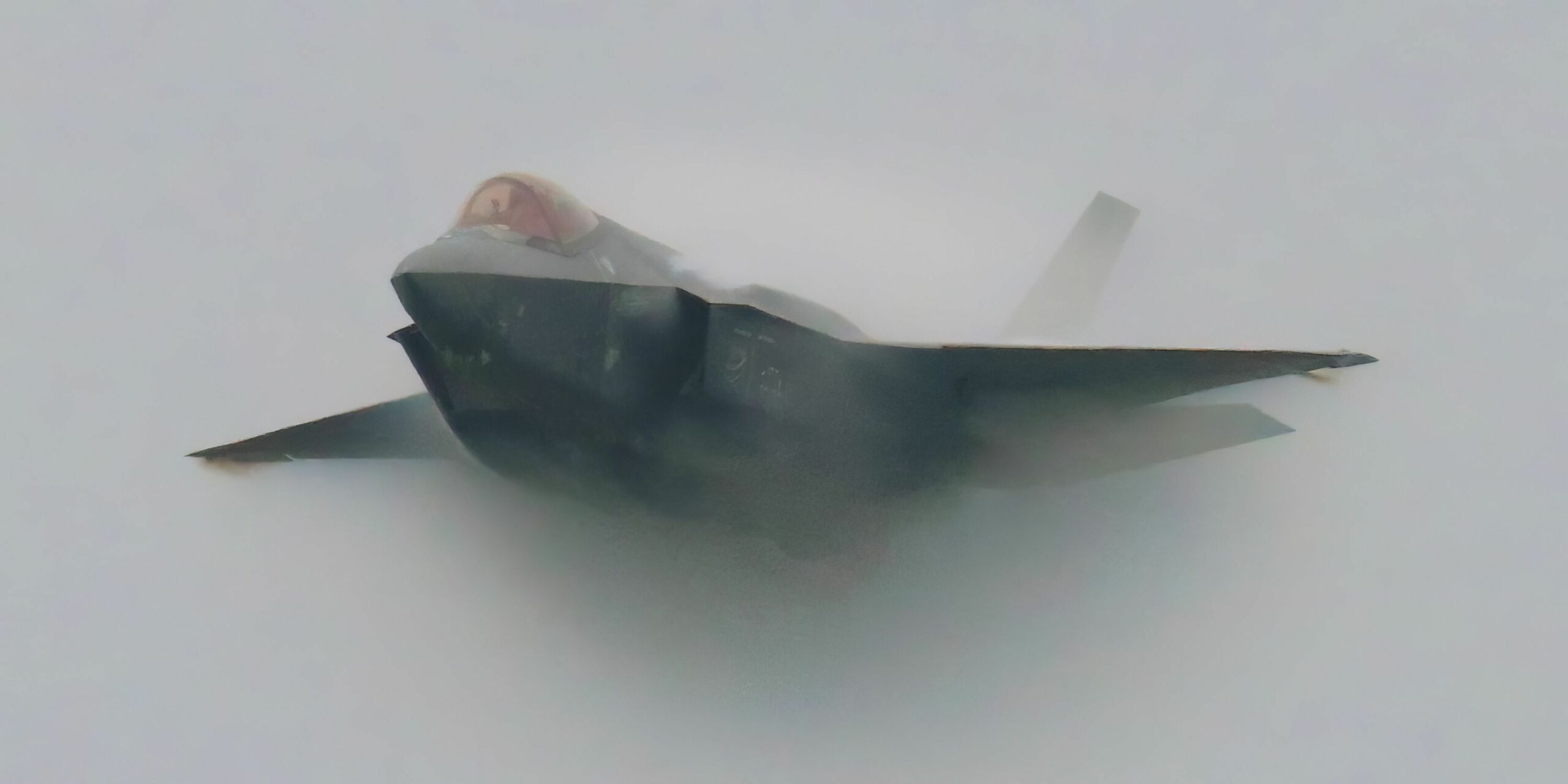
Credit: Georg Mader
For decades, Sweden’s Saab were the key supplier of Austrian military jets – with Vienna their biggest export customer with the J-29 Tunnan, Saab 105OE and finally the J-35 Draken. Turning down the Gripen C/D in 2002 in favour of the later stripped-down Eurofighter configuration is forgiven, as the Saab Aeronautics Austria Managing Director Per Alriksson confirmed. Naturally, the proposed Gripen-E/F would be far less expensive than F-35; it is billed as a ‘giant smartphone’ with all new capabilities that are easy to ‘upload’, much like apps. Of course, for a neutral nation such as Austria, a further benefit is that Gripen E/F is International Traffic in Arms Regulations (ITAR)-free with nothing controlled from over the pond. However, this latter argument might also have been valid for Switzerland – but they have nonetheless chosen to join the global F-35 user club. Thus far, Gripen E has been selected by Sweden, Brazil, and most recently, Thailand.
Eurofighter meanwhile remains another possibility. The aircraft is now being produced in the Tranche 4 (T4) configuration with the CAPTOR-E AESA radar, for the German Lufwaffe (38 aircraft under the ‘Quadriga’ contract) and Spanish Air Force (20 aircraft under the ‘Halcon’ contract). However, it remains to be seen whether or not the proposed Long-Term Evolution (LTE) mid-life upgrade and possible Tranche 5 (T5) will be realised.
‘Master’ drags on endlessly
Following the February 2022 Russian invasion of Ukraine, Austria secured a cross-party agreement for an additional EUR 18 Billion in funding for the military until 2032. Thanks to this, another fixed-wing project for the Austrian Air Force is the re-initiated replacement of the Saab-105OEs that had been phased out in 2020. Although the initial goal of the programme was to reclaim jet pilot training from Italy, requirements significantly strengthened after Russia’s 2022 invasion, and the Austrian Air Force is now essentially searching for a multi-role light combat aircraft (LCA). The air materiel department looked into the upcoming Boeing-Saab T-7A ‘Red Hawk’, the Czech AERO L-39NG and the Leonardo M346FA.
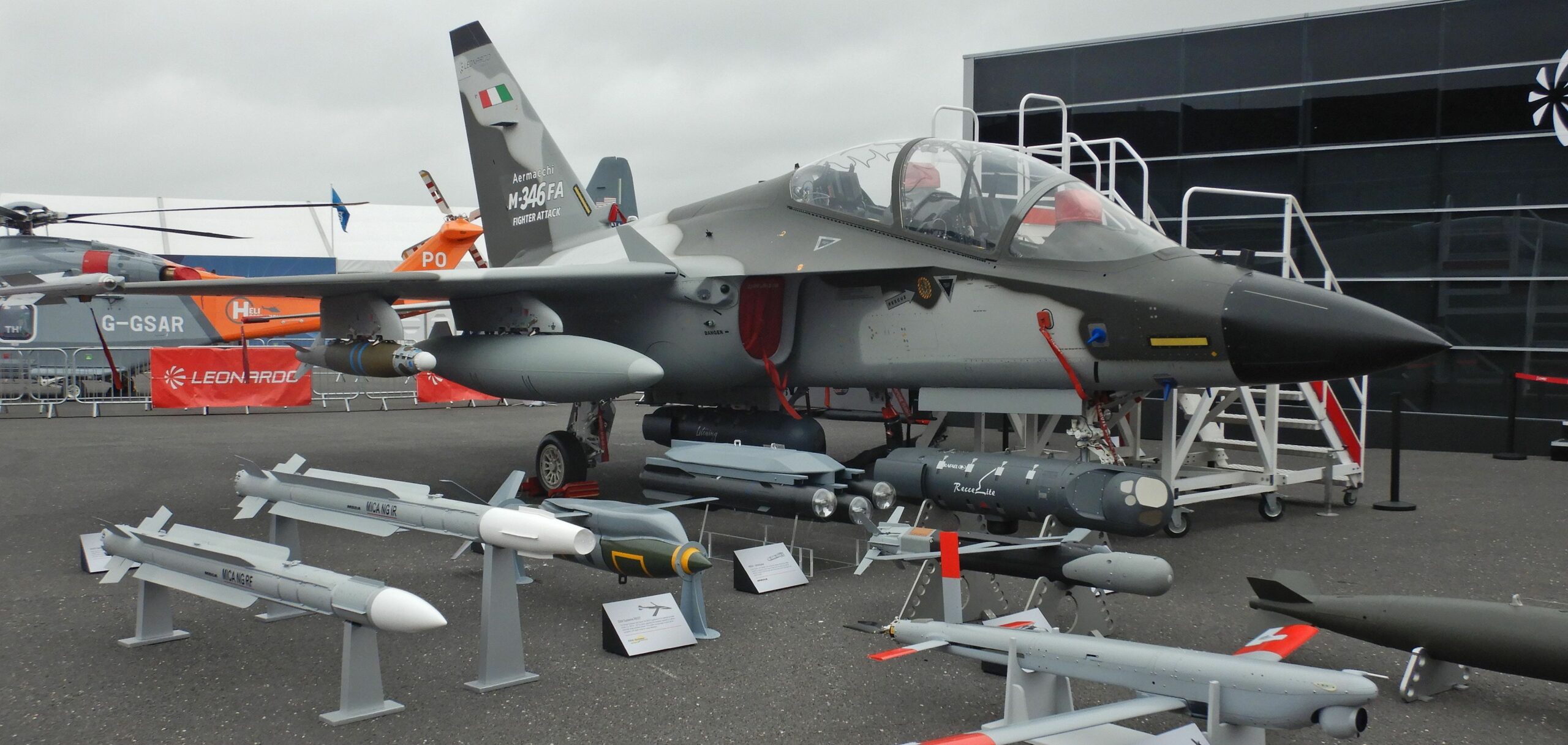
Credit: Georg Mader
In 2023, the department suggested a single-type adjusted acquisition for 12 to 15 twin-engined M346FA in a G2G joint procurement process with Italy, in the same way as the ongoing Italy-Austria 36 AW169B/MA helicopter contract, or the contract for four Embraer C-390M transport aircraft signed jointly together with five for the Dutch RNLAF at Farnborough Air Show in July 2024. The department concluded that the L-39NG would not be able to fulfil some of its more demanding requirements (climb-rate, weapon stations, inflight refuelling, among others), while any weaponised version of T-7A looks to be delayed for two years and appeared too distant a prospect.
Yet the final confirmation of M346 acquisition has repeatedly postponed due to the various concerns and queries, including why the Turkish TAI ‘Hürjet’ was not looked into in the RFI, or the Korean KAI T-50. However, when the selected aircraft fulfils the requirements, the procurement officials are asked to buy European. The G2G-model is once more being questioned. Why? According to an unnamed acquisition official trying to explain the indecision, it appears that “high-level obstructors” would like to sabotage the acquisition project altogether for the time being, working with “other interests” who might see a strong LCA as upsetting or interfering with a decision to replace the Eurofighter later on.
Whether or not there will be continuity within Vienna’s Ministry of Defence remains unclear while Austria waits for the next administration to be formed. The current Minister of Defence, Klaudia Tanner, replied to the author’s question on whether she would continue: “Well, that’s the plan.”
Georg Mader





